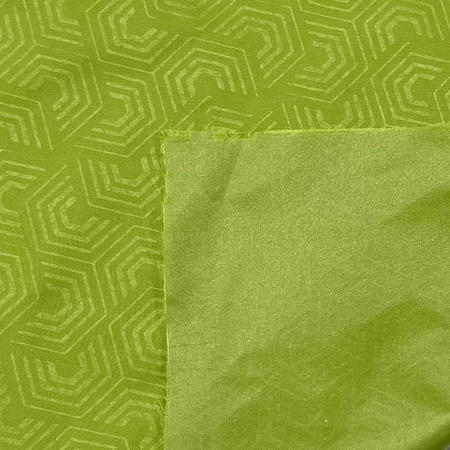The comfort of outdoor sleeping bag fabrics has a crucial impact on the user's sleep experience. Here are several key aspects detailing how fabric comfort affects sleep:
Softness and Skin-Friendliness
Softness: The softness of the fabric directly affects the sensation of contact with the skin. A soft fabric reduces friction and discomfort, enhancing the overall comfort of sleep.
Skin-Friendliness: Fabrics with good skin-friendliness conform better to the skin, reducing gaps, improving insulation, and increasing overall sleep comfort.
Breathability and Moisture Wicking
Breathability: Good breathability ensures proper air circulation inside the sleeping bag, reducing the feeling of stuffiness and keeping the user dry. This is particularly important for camping in humid or hot conditions.
Moisture Wicking: Fabrics with good moisture-wicking properties quickly move moisture away from the body to the outside of the sleeping bag, keeping the interior dry. This helps maintain stable body temperature and prevents the cold feeling caused by moisture accumulation.
Insulation
Thermal Insulation: The insulation of the fabric directly affects the user's sleep experience in cold environments. High-quality fabrics effectively trap warm air, reduce heat loss, and enhance sleep comfort.
Temperature Regulation: Some advanced sleeping bag fabrics also feature temperature regulation, adjusting their insulating properties according to external temperature changes, ensuring a comfortable sleep experience in various conditions.

Noise Reduction
Noise Reduction: Fabrics with good noise reduction properties minimize sounds caused by friction or external wind, providing a quieter sleep environment. This is especially important for users needing high-quality sleep while camping outdoors.
Durability and Maintenance
Durability: The durability of the fabric determines the lifespan of the sleeping bag. Durable fabrics withstand prolonged use and washing, maintaining their performance and appearance, thus extending the sleeping bag’s lifespan.
Maintenance: Fabrics that are easy to clean and maintain reduce user maintenance costs and time, enhancing convenience.
The comfort of outdoor sleeping bag fabrics impacts the user’s sleep experience in multiple ways. When choosing a sleeping bag, users should consider the fabric’s softness, skin-friendliness, breathability, moisture-wicking properties, insulation, noise reduction, durability, and maintenance. This comprehensive consideration will help in selecting a sleeping bag that meets individual needs, providing a more comfortable and pleasant sleep experience.















